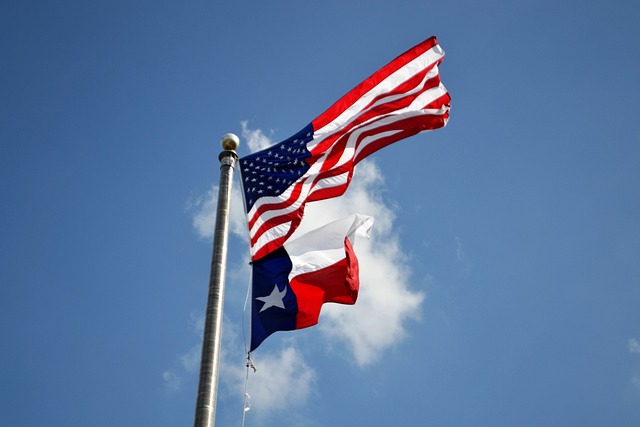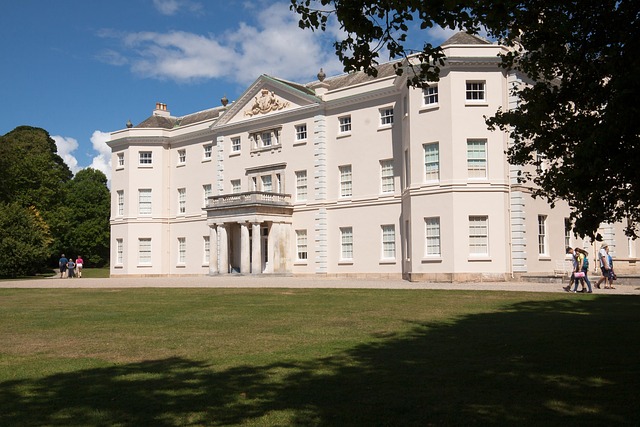Tribal communities' deep connection with land, integral to their cultural identity, demands respect in real estate discussions. Historical injustices like forced removal and seizures necessitate recognizing and protecting tribal territories. Indigenous rights and self-determination are vital for development near tribal areas, ensuring harmonious coexistence between modern projects and rich cultural heritage. Developers must connect ethically by adopting ethical practices that respect cultural heritage, engaging indigenous leaders, ensuring fair compensation, and preserving sacred sites to drive socio-economic growth while minimizing potential harm.
In the realm of real estate, understanding the intricate land relationships within tribal communities is paramount. This article delves into the unique dynamics that shape these connections, exploring how the impact of real estate development can profoundly affect Indigenous peoples. We navigate the challenges and opportunities, highlighting ethical practices for developers and community members to foster harmonious coexistence. By embracing culturally sensitive approaches, we can build bridges that respect and preserve the rich tapestry of tribal land rights in today’s world.
Understanding Tribal Communities' Land Relationships

Tribal communities have a deep and complex relationship with the land, which is integral to their cultural identity and way of life. Understanding this connection is vital when discussing real estate in areas with significant indigenous populations. Land isn’t merely a possession for these communities; it’s a living, breathing entity that provides sustenance, spiritual connection, and a sense of belonging.
In many cases, tribal lands have been subject to historical injustices, including forced removal and land seizures. As such, securing recognition and protection for their traditional territories is paramount. The concept of indigenous rights and self-determination plays a crucial role in any real estate transactions or development projects near or involving tribal communities. Recognizing and respecting these relationships ensures a more harmonious coexistence between modern developments and the rich cultural tapestry that is tribal heritage.
The Impact of Real Estate on Indigenous Peoples

The relationship between real estate and indigenous peoples is complex, often marked by dispossession and displacement. Historical practices of land theft and forced removals have significantly impacted Indigenous communities, disrupting their connection to ancestral lands. Today, the effects linger, as many indigenous individuals face barriers to accessing and owning property due to ongoing discrimination and lack of recognition of their land rights. This challenges their ability to preserve cultural heritage, maintain traditional ways of life, and ensure economic security.
Real estate development, when not conducted with proper consultation or respect for indigenous cultures, can further exacerbate these issues. Projects like mining, logging, and urban expansion often encroach on sacred sites and traditional territories. Such incursions threaten the ecological balance that is integral to Indigenous lifestyles and spiritual practices. Moreover, real estate policies that fail to account for indigenous knowledge systems and land management techniques contribute to environmental degradation and loss of cultural diversity.
Building Bridges: Ethical Practices for Developers and Community Members

In the realm of real estate, building strong connections with tribal communities is not just a moral imperative but also a strategic necessity. Developers and community members can forge meaningful partnerships by adopting ethical practices that respect cultural heritage and promote sustainable development. This involves active listening to and involving indigenous leaders in decision-making processes, ensuring fair compensation for land usage, and preserving sacred sites.
By prioritizing transparency, consent, and mutual benefit, developers can contribute to the socio-economic growth of tribal communities while minimizing potential harms. Collaborative approaches that integrate traditional knowledge with modern development practices create a harmonious relationship, where both parties benefit from shared prosperity. This not only enhances the living conditions within these communities but also fosters a sense of ownership and pride in their ancestral lands.






